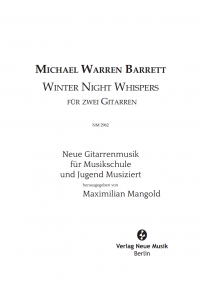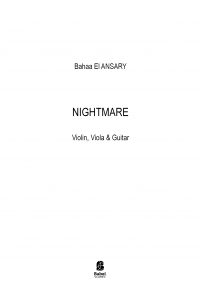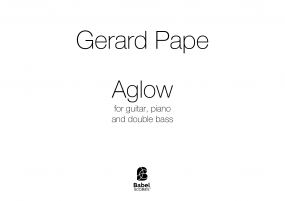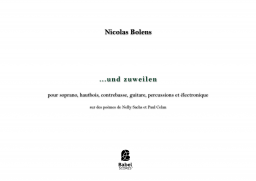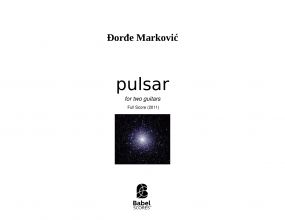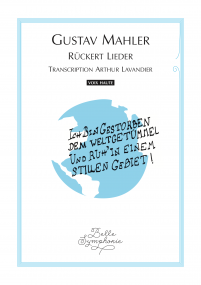Metamorphosis on a Holophonic Texture
ISMN : 979-0-2325-5152-4
- Login to create your own lists
The genesis of Metamorphosis began in the fall of 2017. I heard the flesh-brush tremolo technique during a reading session for a previous guitar quartet, Etude, with the Minneapolis Guitar Quartet at UCLA. I was mesmerized by the color and the sound quality of this technique. When I heard the sound, I felt I heard something that I have been waiting for a long time. I informed my teacher, Ian Krouse, that I would not only start my next quartet with this technique but use it as a basis for the entire piece. Krouse enthusiastically agreed!
During the rehearsal of Etude, I found myself distracted by all the pitches, melodies, and harmonies. I realized that I was far more intrigued by noise and timbre and vowed to suppress the traditional parameters in my next piece in favor of these. I realized that composing works in which timbre is the primary element and pitch secondary, stimulated my passion. A world of possibilities opened up for me; working with timbre became not only my main inspiration but also my dissertation topic. As a result, I dedicated my dissertation to the notion that timbre could replace pitch and harmony as the primary element of form. Armed with this sensibility I wrote the current work, Metamorphosis.
The structural procedure of Metamorphosis employs a naturally flowing transformation of sound during an ongoing continuity as far as it flows naturally. Some of the techniques which contribute to the process of form in this piece are imitation and transformation between colors, usage of saturated textures to avoid the sense of pulse, continuity of sound and its interruption by postures and gestures, and rhythmic relationships between sounds with similar timbre to creating forward motion. Sometimes this piece suggests a unified sonic image and other times it does not. Often, it uses similar timbre to create phrase or sections, whereas other times it employs contrasting timbres to create a contrast. All of the above processes would not be complete without the engagement of the audience and neither would the mission of sound-based
composition.
Pages - 52


